As an inventor, you are probably aware that you need to patent your idea to in order to protect it. Other people may come up with the same concept, and unfortunately there are some unscrupulous individuals out there who may hear about your invention and steal your intellectual property for themselves. The United States
Patent and
Trademark Office (
USPTO) will give you patent protection for your idea if it is different enough from other previously patented concepts. You will need to conduct a patent search to find out if your idea is “patentable.” There are a couple of options for
conducting your patent search at the right time.
What Are the Options?
Keep in mind that a thorough patent search takes a lot of time, a great deal of patience and a fair amount of skill. However, there is a way to protect your idea immediately, even before you conduct a patent search or hire a patent agent to do the search for you. A provisional patent can protect your idea with “patent pending” status before you do your patent search. On the other hand, you might decide to do a preliminary patent search on your own, apply for a provisional patent, and then bring in a patent agent to do a professional, in-depth patent search on
your invention. The choice is yours.
Option 1: File for a Provisional Patent Before the Patent Search
A patent is a property right that excludes others from using, making, selling or importing your intellectual property or product. A provisional patent is an application that will give you “patent pending” status with the USPTO and a filing date, which is useful when you file for a non-provisional patent. You do not have to conduct a patent search to get a provisional patent, and the USPTO will not conduct a patent search, either. Your provisional patent will be in effect for a year. You can use this time to develop your idea, market your product or
license it to a company that will take the next steps to produce, manufacture and bring it to market. A provisional patent can give you time to save up for a 20-year non-provisional patent or utility patent, which is more expensive to maintain. If you have a complicated idea like a software invention, you are likely to pay more for the provisional patent. When the year is up, you can proceed by applying for a non-provisional utility patent or design patent. Find out the details about the different types of patents and their fee schedules at
USPTO.Option 2: Do a Preliminary Patent Search and Then File for a Patent
You may want to conduct a preliminary patent search on your own before
filing for a provisional patent. Inventors with a complicated invention often choose this route. Searching on your own is free of charge when you use the USPTO website or another search engine such as
Google Patents. You may turn up an invention that is substantially similar to yours. If you do, keep in mind that very few inventions are totally innovative, but your idea has to be different enough to warrant “patentability.” Some inventors do a preliminary patent search to learn about the “patent landscape” that gives them an overview of patents that are already in place or pending. Your patent search can show if there is any “space” available in your niche, termed “white space.” Be aware that if you choose this route you may be obligated to disclose the patents you find. Doing a patent search on your own is a logical first step, but remember that even if you find nothing, a professional patent agent is likely to discover patents that you missed.
What happens if you find a similar idea has already been patented?
Identify your “Inventive Concept”
You are not required to do a patent search either before or after filing for a patent, since part of your fee to the USPTO will include a patent search by an Examiner. However, conducting a patent search before filing has its benefits. You might discover that your idea is already patented. Or, you may see similar inventions and learn how to focus on the important differences between your invention and prior art, called the “inventive concept.” If you conduct a patent search before filing for a patent, you can get a head start in describing your invention in a way that accentuates its unique and positive aspects.
The Bottom Line
A provisional patent will get you an early filing date to protect your invention, whether you conduct your patent search first and then file, or file for the provisional patent first, and then conduct your patent search. Bear in mind that all of this can take place you file for a more expensive non-provisional utility or design patent. If you decide to do a patent search on your own, you can use our
guide to performing a patent search. Google
Patent Search and Free Patents Online are other free search engines that can be useful in turning up prior patents. Remember that hiring a professional patent agent or attorney to do an in-depth patent search after you conduct your own investigation is a must to save you from potential liability for patent infringement.

Hiring a Professional Patent Agent
At InventorSmart, we help inventors like you bring their big ideas to life. Working with a professional patent agent can save you time and money by conducting a thorough patent search to determine if your idea is “patentable” by the USPTO. If it is,
InventorSmart can become your mentor and guide you in obtaining patent rights. Our experienced InventorSmart team will evaluate your idea, conduct a thorough patent search and provide a patentability opinion. We can then take your invention to the next level until you see your product in the marketplace. We can put you in touch with 3D
CAD Design and animation experts for prototyping and model making, and we can
assist you with manufacturing and distribution. InventorSmart can act as your licensing agent and present your idea to companies that may want to add your idea to their product line. For trusted and expert help with your invention idea,
contact InventorSmart or call 1-844-581-IDEA.










